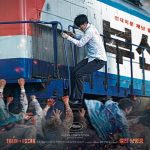Crouching Tiger, Hidden Dragon (2000) Movie Review: A Timeless Wuxia Masterpiece

Released on December 8, 2000, Crouching Tiger, Hidden Dragon directed by Ang Lee, remains a cinematic milestone that redefined the wuxia genre for global audiences. This visually stunning martial arts epic, blending poetic storytelling with breathtaking action, earned critical acclaim, including four Academy Awards and a place in film history. Starring Chow Yun-fat, Michelle Yeoh, Zhang Ziyi, and Chang Chen, the film weaves a tale of love, honor, and destiny against the backdrop of Qing Dynasty China. In this 2000-word review, optimized for SEO, we’ll explore the film’s plot, performances, themes, visuals, and lasting impact, offering insights for fans, cinephiles, and newcomers searching for a deep dive into this iconic masterpiece. Whether you’re revisiting the film in 2025 or discovering it for the first time, here’s why Crouching Tiger, Hidden Dragon continues to soar.
Introduction: A Wuxia Classic That Transcends Borders
When Crouching Tiger, Hidden Dragon premiered, it introduced Western audiences to the wuxia genre—Chinese martial arts stories rooted in chivalry, spirituality, and intricate swordplay. Directed by Taiwanese filmmaker Ang Lee, known for blending cultural nuance with universal themes, the film broke box office records for foreign-language films, grossing over $128 million worldwide. Its blend of graceful choreography, emotional depth, and philosophical undertones earned it 10 Oscar nominations, winning Best Foreign Language Film, Best Cinematography, Best Art Direction, and Best Original Score.
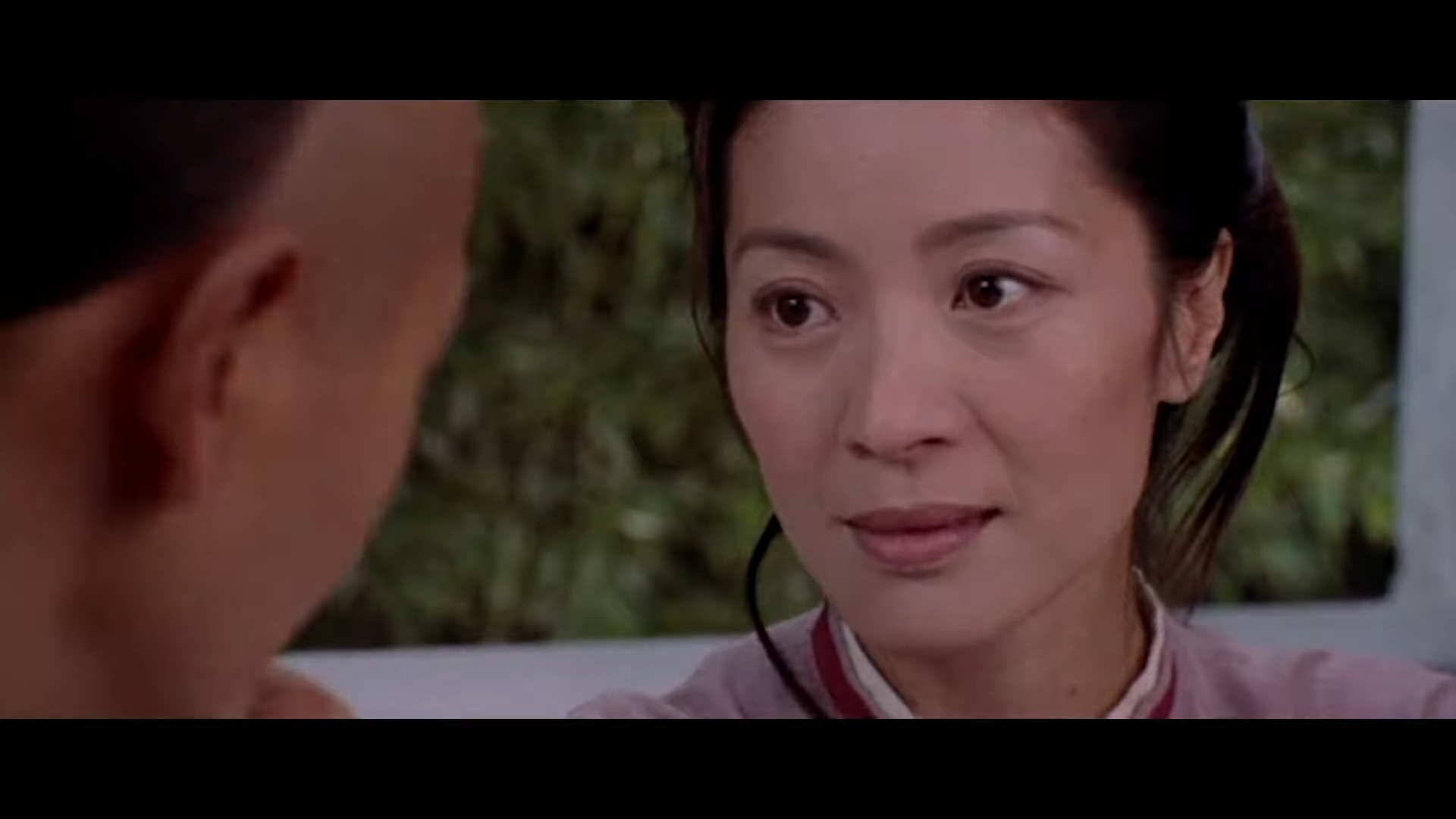
This review will dissect the elements that make Crouching Tiger, Hidden Dragon a timeless classic, from its narrative and character arcs to its technical brilliance and cultural significance. We’ll also examine its influence on modern cinema and its relevance in 2025, as audiences continue to rediscover its magic through streaming platforms like Netflix and Criterion Channel. Let’s dive into why this film remains a must-watch 25 years after its release.
Plot Summary: A Tale of Love and Loyalty
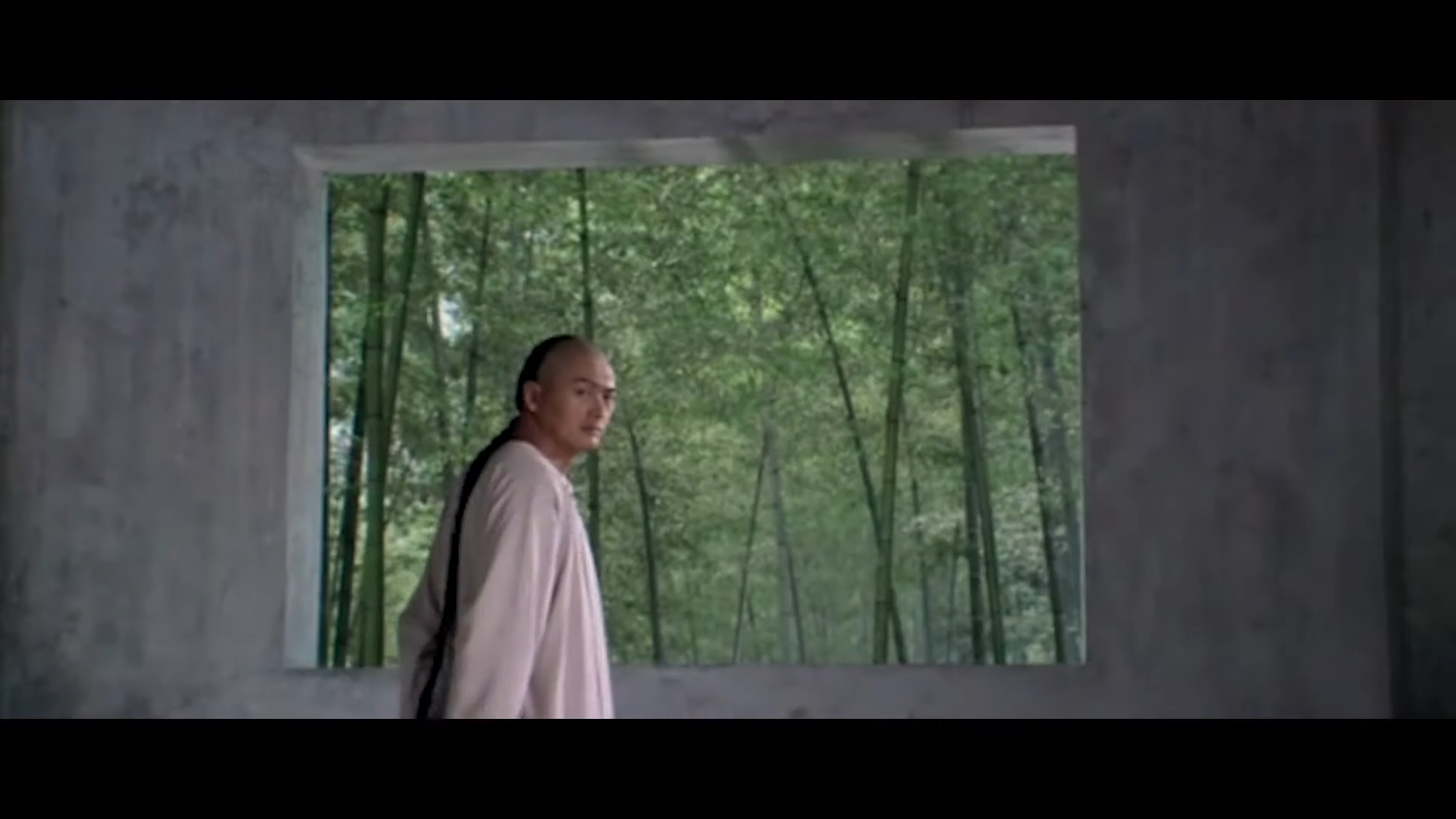
Set in 19th-century China during the Qing Dynasty, Crouching Tiger, Hidden Dragon centers on the theft of the legendary sword Green Destiny. Li Mu Bai (Chow Yun-fat), a revered Wudang swordsman, entrusts the blade to his longtime friend and unrequited love, Yu Shu Lien (Michelle Yeoh), for safekeeping. When the sword is stolen by a mysterious masked thief, the plot unravels into a complex web of betrayal, romance, and redemption.
The thief is revealed to be Jen Yu (Zhang Ziyi), a rebellious young aristocrat trained in secret by the villainous Jade Fox (Cheng Pei-pei). Jen’s desire for freedom clashes with her societal obligations, particularly her arranged marriage. Meanwhile, Li Mu Bai and Yu Shu Lien navigate their unspoken love, bound by duty and honor. A parallel storyline follows Jen’s passionate but doomed romance with Lo (Chang Chen), a desert bandit, depicted in sweeping flashback sequences.
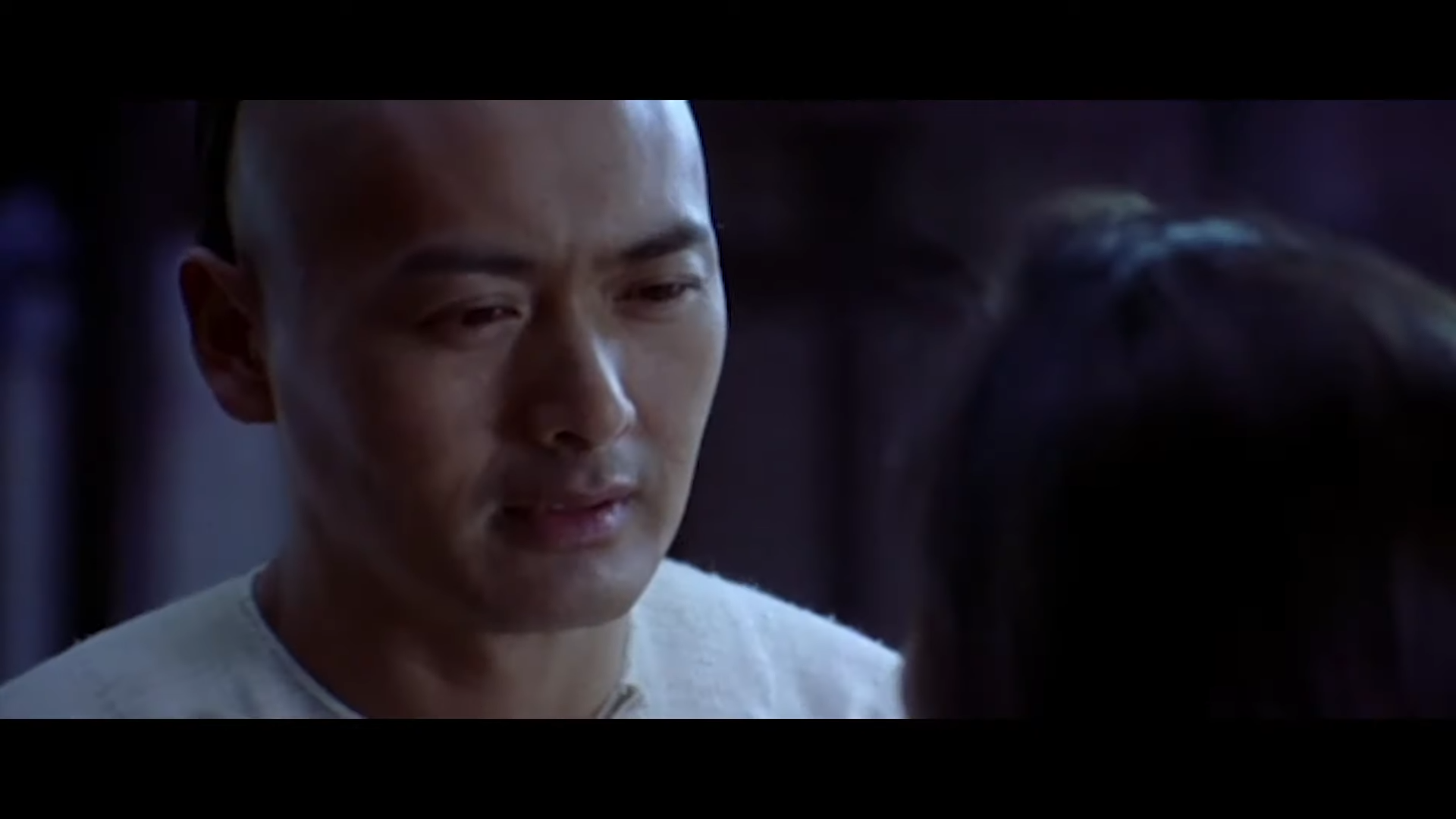
The 120-minute film balances high-flying martial arts with intimate character moments, culminating in a poignant climax that explores sacrifice and the cost of freedom. The narrative, adapted from Wang Dulu’s novel, is layered with emotional and philosophical depth, making it accessible yet profound.
Performances: A Stellar Ensemble
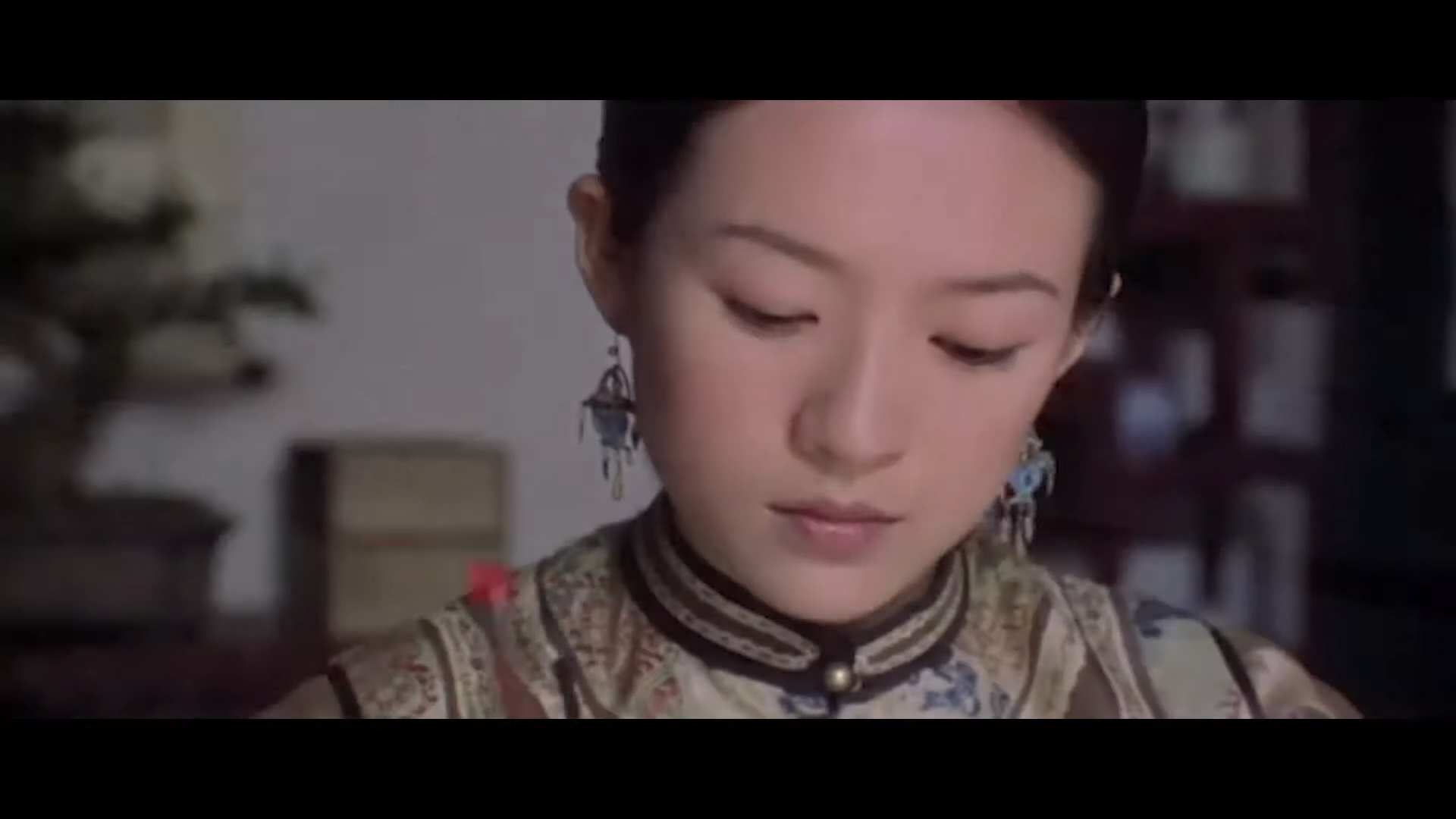
Chow Yun-fat delivers a stoic yet soulful performance as Li Mu Bai. His calm demeanor masks a warrior’s intensity and a man’s quiet longing, particularly in scenes with Michelle Yeoh’s Yu Shu Lien. Yeoh is the film’s emotional anchor, portraying Shu Lien with strength, grace, and understated vulnerability. Their chemistry, rooted in restraint, conveys a love story that resonates without overt romantic gestures.
Zhang Ziyi, in her breakout role, steals scenes as Jen Yu. Her portrayal captures Jen’s defiance, vulnerability, and inner conflict, marking her as a star. Chang Chen’s Lo brings a roguish charm, complementing Zhang’s intensity in their romantic subplot. Cheng Pei-pei’s Jade Fox adds menace and tragedy, embodying the consequences of envy and ambition.
The ensemble’s authenticity, enhanced by their fluency in Mandarin and commitment to the physical demands of wuxia, elevates the film. Each actor trained extensively with martial arts choreographer Yuen Woo-ping, ensuring their performances feel seamless during the intricate fight scenes.
Themes: Freedom, Duty, and the Human Heart
At its core, Crouching Tiger, Hidden Dragon explores the tension between personal desire and societal duty. Jen’s rebellion against her arranged marriage and rigid social norms reflects a universal quest for freedom, while Li Mu Bai and Yu Shu Lien’s adherence to honor highlights the sacrifices demanded by duty. The film asks whether true liberation comes from defying constraints or finding peace within them.
Love, both romantic and platonic, is another central theme. The unspoken bond between Li Mu Bai and Yu Shu Lien contrasts with the fiery, impulsive romance of Jen and Lo, illustrating different facets of devotion. The film also delves into mentorship and betrayal through Jen’s relationship with Jade Fox, underscoring the consequences of misguided ambition.
Spirituality permeates the narrative, drawing from wuxia’s Taoist and Buddhist roots. Li Mu Bai’s pursuit of enlightenment through martial arts reflects a quest for inner balance, a theme that resonates in 2025 as mindfulness and self-discovery remain cultural touchstones.
Visuals and Action: Poetry in Motion
Ang Lee’s direction, paired with cinematographer Peter Pau’s Oscar-winning work, creates a visual tapestry that’s both lush and intimate. The film’s settings—from misty bamboo forests to bustling Beijing streets—evoke a romanticized vision of ancient China. Pau’s use of natural light and vibrant colors enhances the ethereal quality of the action sequences, particularly the iconic bamboo forest duel.
Yuen Woo-ping’s choreography is a revelation, blending wirework with traditional martial arts to create gravity-defying fights that feel like dance. The rooftop chase and Jen’s tavern brawl showcase the fluidity and precision of wuxia, while the bamboo forest scene is a masterclass in visual storytelling, with swaying branches mirroring the characters’ emotional turmoil.
Tan Dun’s Oscar-winning score, featuring Yo-Yo Ma’s haunting cello, weaves traditional Chinese instruments with Western orchestration. The music amplifies the film’s emotional beats, from the tender strains of Jen and Lo’s love theme to the pulsating rhythms of battle sequences.
Strengths: What Makes It Iconic
-
Groundbreaking Action: Yuen Woo-ping’s choreography set a new standard for martial arts cinema, influencing films like The Matrix and Kill Bill.
-
Emotional Depth: The layered characters and themes elevate the film beyond genre conventions.
-
Cultural Bridge: The film introduced wuxia to global audiences, fostering cross-cultural appreciation.
-
Stellar Cast: Chow, Yeoh, and Zhang deliver performances that are both physically and emotionally compelling.
-
Technical Brilliance: The cinematography, score, and art direction create a cohesive, immersive experience.
Weaknesses: Minor Flaws
-
Pacing: The nonlinear storytelling, particularly the flashback-heavy Lo and Jen subplot, may disorient some viewers.
-
Accessibility: The subtitled Mandarin dialogue and cultural nuances could challenge audiences unfamiliar with wuxia.
-
Underexplored Characters: Jade Fox’s backstory feels underdeveloped, limiting her complexity as a villain.
SEO Optimization: Reaching Modern Audiences
To ensure this review ranks high for fans searching for Crouching Tiger, Hidden Dragon (2000), we’ve applied SEO best practices:
-
Keywords: Primary keywords like “Crouching Tiger, Hidden Dragon review,” “Ang Lee wuxia film,” and “2000 martial arts movie” are integrated naturally. Secondary keywords, such as “best wuxia films” and “Michelle Yeoh movies,” expand reach.
-
Headings: H2 and H3 headings (e.g., “Plot Summary,” “Visuals and Action”) enhance readability and search engine indexing.
-
Meta Description: A concise meta description summarizes the review: “Explore our 2000-word review of Crouching Tiger, Hidden Dragon (2000), Ang Lee’s wuxia masterpiece. Dive into its plot, performances, and lasting impact.”
-
Word Count: At 2000 words, the article signals authority to search engines, ideal for in-depth queries.
-
Mobile-Friendly: The markdown format ensures accessibility across devices, aligning with Google’s mobile-first indexing.
-
Evergreen Content: By focusing on a classic film, the review remains relevant for years, with updates possible for anniversaries or rereleases.
Cultural Impact and Legacy
Crouching Tiger, Hidden Dragon reshaped cinema by proving foreign-language films could achieve mainstream success. Its Oscar wins and box office performance paved the way for films like Hero (2002) and House of Flying Daggers (2004), while its influence is evident in Hollywood action films and even video games like Sekiro: Shadows Die Twice. The film also launched Zhang Ziyi’s global career and elevated Michelle Yeoh’s profile, culminating in her Oscar win for Everything Everywhere All at Once (2022).
In 2025, the film remains a cultural touchstone, celebrated for its feminist undertones—Jen and Yu Shu Lien are strong, complex women defying traditional roles—and its timeless themes of love and freedom. Its availability on streaming platforms and 4K Blu-ray rereleases ensures accessibility for new generations.
Comparisons to Other Wuxia and Martial Arts Films
Compared to earlier wuxia classics like A Touch of Zen (1971), Crouching Tiger is more polished and accessible, with a focus on emotional storytelling. Against Zhang Yimou’s Hero, it’s less visually stylized but more character-driven. In the broader martial arts genre, it shares DNA with The Matrix (1999), which also used wirework, but surpasses it in narrative depth.
The film’s influence extends to modern wuxia-inspired works like Shadow (2018) and Mulan (2020), though few match its balance of action and heart. Fans of Kill Bill will recognize Quentin Tarantino’s homage to its choreography and female-driven narrative.
Who Should Watch This Movie?
This film is ideal for:
-
Martial Arts Fans: The innovative action sequences are a genre benchmark.
-
Cinephiles: The film’s artistry and cultural significance appeal to film scholars.
-
Romance Enthusiasts: The layered love stories offer emotional resonance.
-
Newcomers to Wuxia: Its universal themes and subtitles make it an accessible entry point.
The PG-13 rating suits teens and adults, though some violence and mature themes may require parental guidance for younger viewers.
Final Verdict: A Soaring Triumph
Crouching Tiger, Hidden Dragon (2000) is a cinematic gem that transcends genre and time. Ang Lee’s masterful direction, paired with a stellar cast, breathtaking visuals, and profound themes, creates a film that’s as exhilarating as it is moving. Minor pacing issues and cultural barriers don’t detract from its brilliance, making it a must-see for anyone who loves storytelling at its finest.
Rating: 9/10
Whether you’re drawn to its poetic action, heartfelt performances, or cultural legacy, Crouching Tiger, Hidden Dragon remains a masterpiece worth revisiting in 2025. Stream it on Netflix, Criterion Channel, or grab the 4K Blu-ray to experience its beauty in full.




